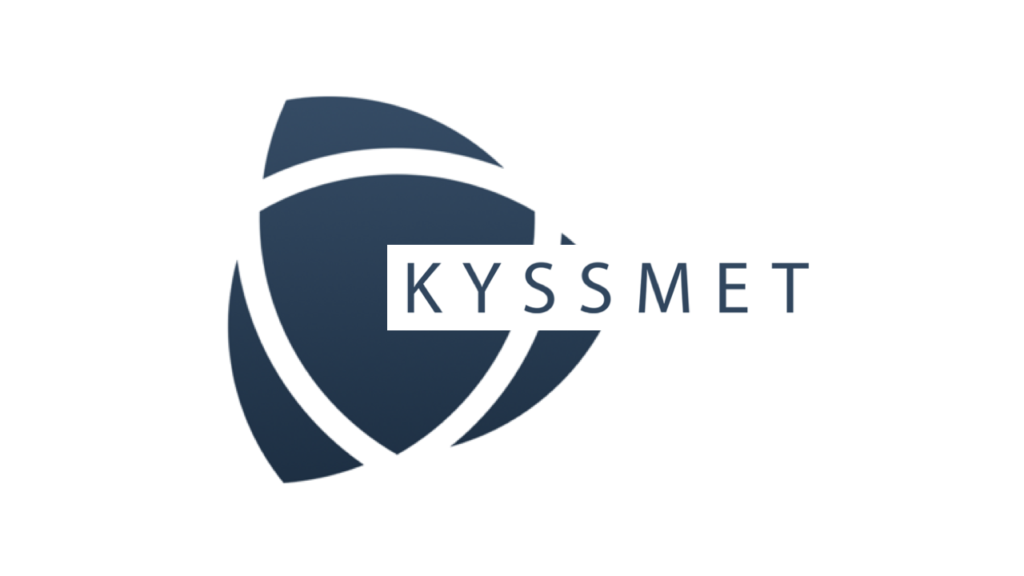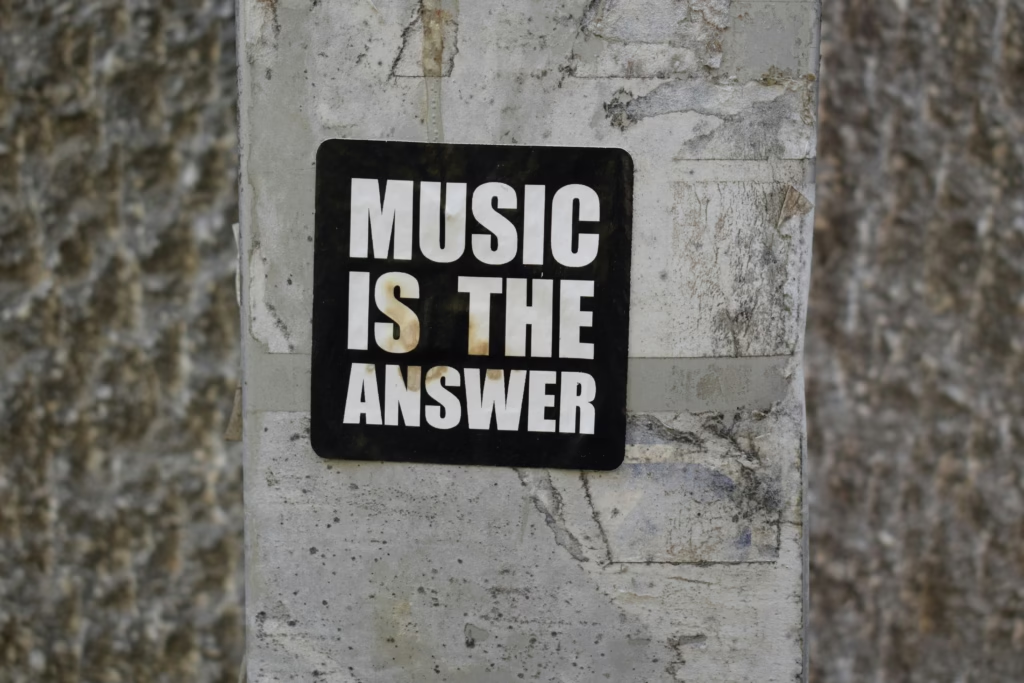If you were asked to give a 5 minute presentation off the cuff summarizing your favorite TV show, movie, book, or cinematic universe, you could probably do it. No questions asked. And people would want to listen – because people want to hear interesting stories.
Now turn it around and let’s say you have to present on the technical work you did over the past 2 weeks. Let’s say it’s an artificial intelligence algorithm that identifies images of broken freight. This time, not so interesting (to most people). This is the challenge technical presentations have with hooking non-technical audiences. The work is dry, complex, and people don’t see why they should care about it. But there’s a solution: make your presentation into a story.
We talked in a previous post about the power of story to engage listeners over facts and statistics. Put simply:
“In journalistic terms, the number alone is not the story. A statistical story shows readers the significance, importance, and relevance of the most current information.”
Making Data Meaningful: A guide to writing stories about numbers
In other words, numbers tell listeners what’s going on. Stories tell listeners why it matters to them.
By adopting the tropes, patterns, and archetypes of storytelling, you can make your presentation tap into this primordial magnet for human attention. One trope in particular is tailor-made for talking about technical work: the trope of conflict-resolution. A movie character will battle monster after monster to prove they are fit to be a hero. In the same way, by resolving conflict after conflict, you can prove your work is fit to be the perfect solution. To adopt this trope, follow these 3 steps:
- Identify several (ideally three) conflicts/problems the subject of your presentation solves
- Structure your presentation around these conflict-resolutions, with the more critical ones last
- For each conflict-resolution, use it as an opportunity to show how relevant technical details solved the problem at hand
In this post, we’ll break down how Jim Bark made expert use of this conflict-resolution trope during the pitch for his tech company Kyssmet at Startup Lab 2021.
Structuring the Presentation
Kyssmet is an app that creates a win-win situation for both customers and retailers:
- Customers earn potential discounts on in-store items when they scan them (Good for Customers)
- Retailers are informed on customer buying interests based on what they scan (Good for Stores)
An app creator like Jim Bark might instinctively jump into a presentation like this by talking about how the app works and giving a demonstration. The technical details, bells and whistles, and fancy functionality are, after all, what gets him excited to go to work every day. It’s easy to forget that the audience doesn’t care about any of those things because they don’t yet have the same context. You need to create that context for them.
So let’s backtrack. Let’s create context for the audience through the conflict-resolution trope.
Following step 1, Bark identified three conflicts/problems that his app solves:
- Retailers have limited access to customer data (Scarce Resources)
- Retailers can’t compete against e-commerce individually (Isolated Factions)
- Retailers don’t have e-commerce’s pricing power because of the previous 2 points (Lack of Power)
By sequentially explaining each conflict-resolution (step 2), Bark gradually gives the audience more technical details (step 3) to understand why they should care about the app.
Conflict-Resolution #1: Scarce Resources
Listen to the first conflict-resolution (scarce resources) in the clip below:
Presentation Clip 1
What is the conflict? The conflict is between brick-and-mortar stores (retailers) and e-commerce.
Bark frames the conflict as one of the underdog: retailers are the smaller, under-equipped faction fighting against a powerful entity with vastly greater resources. It is a classic archetypal story that appears in cinema (Rebellion vs Empire), myth (David and Goliath), and much more. We root for the underdog because more often than not, we have been the underdog in our everyday lives. Consequently, we feel empathy for the retailers of Bark’s story and want them to succeed in the competition against their adversary.
Data, in this case, is the scarce resource we are fighting about. E-commerce has limitless access to data about their customers and therefore superior pricing power. Retailers, on the other hand, need to resort to expensive hardware to guess what their customers are interested in purchasing. This puts them at a significant disadvantage.
What is the solution? Kyssmet is the solution.
You will notice how often Bark repeats that phrase or a variation of it throughout the presentation. He is consistently emphasizing how, for every problem, Kyssmet is the answer. It addresses the data disadvantage twofold:
- Kyssmet is an app and requires no expensive hardware
- Kyssmet doesn’t guess what customers want to buy because customers input that information into the app itself.
This is where we must take pause and point out what the conflict-resolution trope is really doing. Bark could have easily said the 2 technical details above right at the beginning of the clip. But then the audience would not have enough context to care about them. The conflict-resolution trope helps frame technical details in a neat package that listeners can much more readily understand and relate to.
Conflict-Resolution #2: Isolated Factions
The second conflict once again involves the collective enemy of e-commerce. This time, the problem is framed as one of isolation. Retailers are akin to individual pockets of resistance lacking a unified way to gain back their data advantage. No surprise here, but Kyssmet is the solution. Listen to how Bark presents this conflict-resolution in the clip below:
Presentation Clip 2
Recalling step 3 of the conflict-resolution trope, each conflict-resolution is an opportunity to effectively showcase technical detail. Bark could have jumped into talking about how Kyssmet “re-skins” for each store at the beginning of the clip. Or how it can be uses as a single application for sharing knowledge about a common pool of customers. But by framing those technical details in the context of a conflict, the audience is able to much more easily process the information being presented.
One of our previous posts also talked about the potential of repetition to engrain an idea in the audience’s mind, in particular the power of the magic number 3. When a hero takes down one monster, that’s chance. When they take down another, that could be coincidence. But when they take down a third, that’s a pattern with absolute certainty. By repeating the conflict-resolution trope twice thus far, Bark instills in the audience a subconscious anticipation for its third and final iteration.
Conflict-Resolution #3: Lack of Power
The third and final conflict-resolution is all about power, the most critical problem at the crux of the previous two. At this point, Kyssmet has:
- Enabled access to scarce data resources
- Unified isolated retailers with a common tool
Both of these successes serve to increase retailer’s pricing power in relation to e-commerce. Check out a clip of Bark’s explanation below:
Presentation Clip 3
The conflict/problem: Retailers lack pricing power compared to e-commerce.
The solution: Kyssmet increases pricing power by shedding light on customer buying preferences
Relevant technical details: Kyssmet provides that insight by collecting data on customer browsing history, purchase history, and price sensitivity.
The conflict gives the audience the context to understand why technical details are needed for the solution.
After successfully implementing this conflict-resolution framework three times, Bark has made it clear that Kyssmet can resolve any conflict that comes its way. It has become the hero of our story.
Summary
When creating your own presentation, keep these tips in mind to achieve Bark’s masterful use of the conflict-resolution trope from storytelling:



